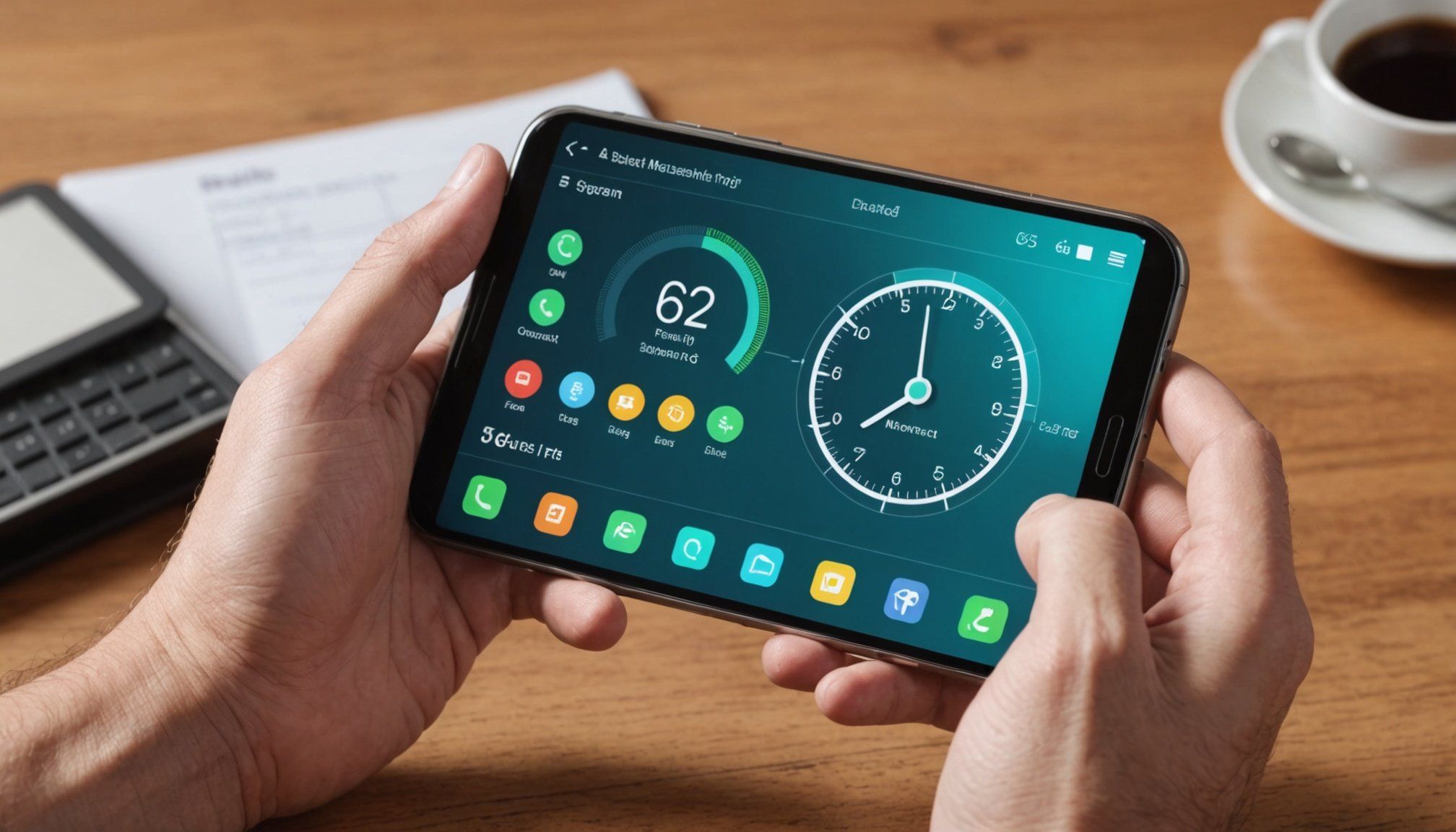In an age where smartphones have become an extension of ourselves, maintaining their performance is crucial. Whether you’re using an Android or Apple device, a slow smartphone can be frustrating, especially when you rely on your phone for communication, entertainment, and productivity. Fortunately, there are several straightforward maintenance tips you can implement to enhance your device’s speed and overall functionality. This article will guide you through effective techniques to improve your smartphone’s performance and ensure that your apps run smoothly.
Regularly Clear Your Storage
A cluttered storage can significantly slow down your smartphone. When your device is packed with apps, photos, and other data, it struggles to function efficiently. To combat this, perform regular checks on your device’s storage settings. On both Android and Apple devices, you can easily find the storage option in the settings menu. Here, you’ll see a breakdown of what’s taking up space.
In the same genre : What are the top five smartphones for photography enthusiasts this year?
Start by evaluating the apps you rarely use. Consider uninstalling them to free up valuable space. Many apps collect data over time, which can accumulate and lead to sluggish performance. For example, social media apps often store cached data, which can be cleared from the app settings. Additionally, photos and videos can quickly consume your storage; consider backing them up to a cloud service or an external drive and deleting duplicates or unnecessary files.
Also, check the downloads folder. Old files often linger there, taking up space you didn’t realize you had. Regularly clearing your storage not only improves speed but also helps your device to operate more smoothly. It’s a simple yet effective way to enhance your smartphone’s performance.
Also read : How can you enhance your smartphone’s audio experience with external devices?
Update Your Apps and Device Software
Keeping your apps and device software up to date is essential for maintaining optimal performance. Developers frequently release updates to enhance app functionality and patch security vulnerabilities. These updates can also improve speed and efficiency, making your apps run smoother on your device.
For Android users, go to the Google Play Store and check for updates under the ‘My apps & games’ section. For Apple users, updates can be found in the App Store under the ‘Updates’ tab. It’s beneficial to enable automatic updates so you won’t have to worry about missing important upgrades.
Furthermore, updating your device’s operating system can also make a significant difference. Each new version often comes with performance improvements and bug fixes that can enhance your device’s speed. To check for system updates, go to your phone’s settings, find the ‘About Phone’ or ‘General’ tab, and select ‘Software Update’.
By regularly updating your apps and operating system, you not only ensure that your smartphone runs at peak performance but also that you have access to the latest features available. This is a simple yet often overlooked step in smartphone maintenance.
Manage Background Processes and Apps
Many smartphones run multiple apps in the background, which can drain your battery and slow down your device. Understanding how to manage these background processes is vital for improving speed and ensuring efficient performance. Both Android and Apple devices allow you to see which apps are consuming the most data and resources.
On Android, you can access the ‘Apps’ section in your settings to view which applications are using background data. From there, you can choose to restrict background data for specific apps. For Apple devices, the settings menu under ‘General’ allows you to access ‘Background App Refresh’, where you can toggle off apps that don’t need to run constantly.
Additionally, consider closing apps you aren’t using. While many users believe that simply minimizing an app keeps it from consuming resources, most apps continue to run processes in the background. Regularly closing unused apps can significantly free up memory and resources.
Taking control over your background processes will not only enhance your device’s speed but also extend battery life. Your smartphone is designed to multitask, but managing how it does so is key to maintaining its overall performance.
Optimize Your Device’s Settings
Your smartphone’s settings can have a huge impact on how it performs. Adjusting these settings can help to speed up your device significantly. Start with the display settings; reducing the brightness or enabling adaptive brightness can help save battery life and improve performance.
Another area to consider is the animation settings. Both Android and Apple devices feature animations that enhance the user experience. However, these can sometimes slow down your device. You can reduce or disable animations in the developer options on Android devices. Apple users can adjust settings under ‘Accessibility’, where they can reduce motion effects.
Furthermore, enabling battery saver modes can help manage your device’s resources effectively, allowing it to run smoother by limiting background activities and reducing power consumption.
Lastly, consider disabling notifications for apps that aren’t critical. Constant notifications can slow down your device by consuming data and resources. By optimizing your device’s settings, you can significantly enhance its speed and overall functionality.
Consider a Factory Reset as a Last Resort
If your smartphone is still slow after implementing the above tips, a factory reset may be necessary. This process restores your device to its original settings, eliminating any accumulated data or unwanted apps that may be causing performance issues. However, this should be considered a last resort, as it will erase all data on your device.
Before proceeding with a factory reset, ensure that you back up all important data, including contacts, photos, and apps. Both Android and Apple devices offer built-in backup options that allow you to save your data to the cloud.
To perform a factory reset, go to your phone’s settings menu. On Android, look for ‘Backup & reset’ under settings, while Apple users can find this option under ‘General’ in the settings. After the reset, you will need to set up your smartphone from scratch, which can be time-consuming, but it often leads to significant improvements in speed and performance.
While this is a more drastic measure, it can breathe new life into an old device and is worth considering if performance remains an issue.
Improving your smartphone’s speed is achievable through simple yet effective maintenance tips. From regularly clearing your storage to managing background processes and optimizing settings, these strategies can help you enjoy a faster, more efficient device. Remember that updates play a crucial role in maintaining performance, and don’t hesitate to consider a factory reset if all else fails. By taking these steps, you will enhance not only the speed of your smartphone but also its overall longevity, ensuring it serves your needs effectively for years to come.











